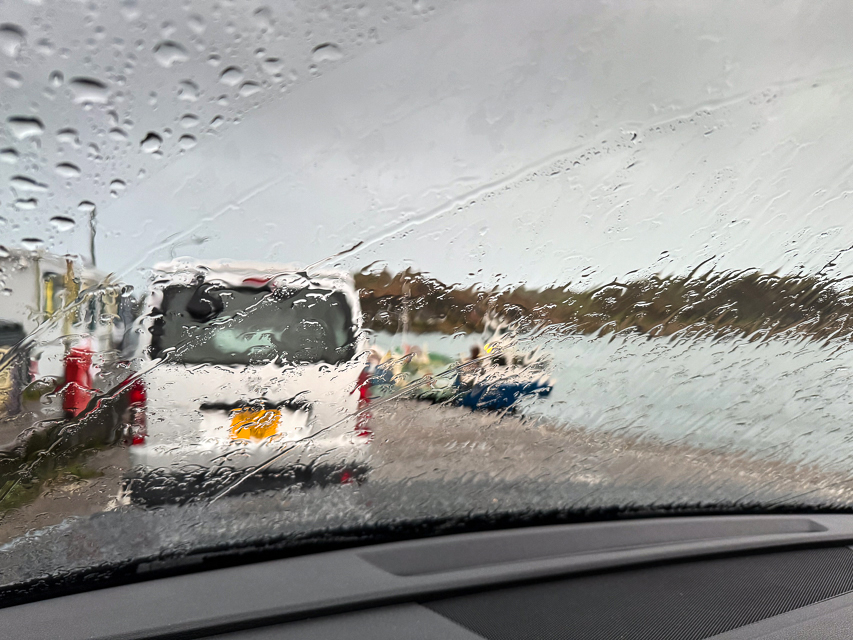
It had rained all day and it was no different as we boarded the five minute ferry across the Cuan Sound and back to Luing. As we headed to Cullipool, our base for the week, the sky began to break and the rain stopped.

It had rained all day and it was no different as we boarded the five minute ferry across the Cuan Sound and back to Luing. As we headed to Cullipool, our base for the week, the sky began to break and the rain stopped.
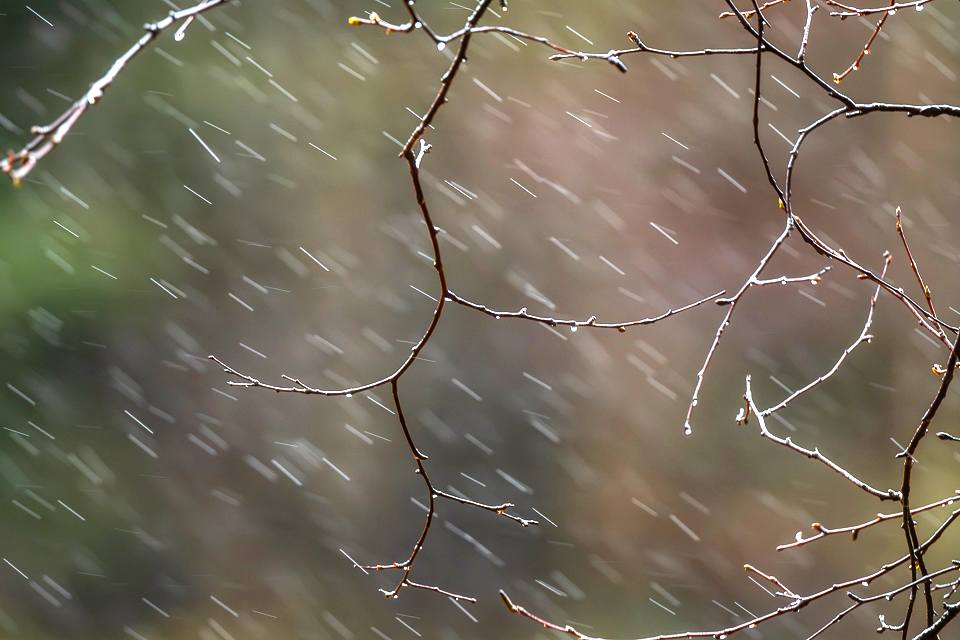
Fortunately the rain continued in the afternoon, which meant Glen Orchy would be alive. Rain lifts and freshens a landscape and I’m more than happy to work in and with it. At his time of year, early November, the autumn was in full flow with a riot of colour. To get the falling rain to show in the images a slowish shutter speed is needed and a long lens helps too.
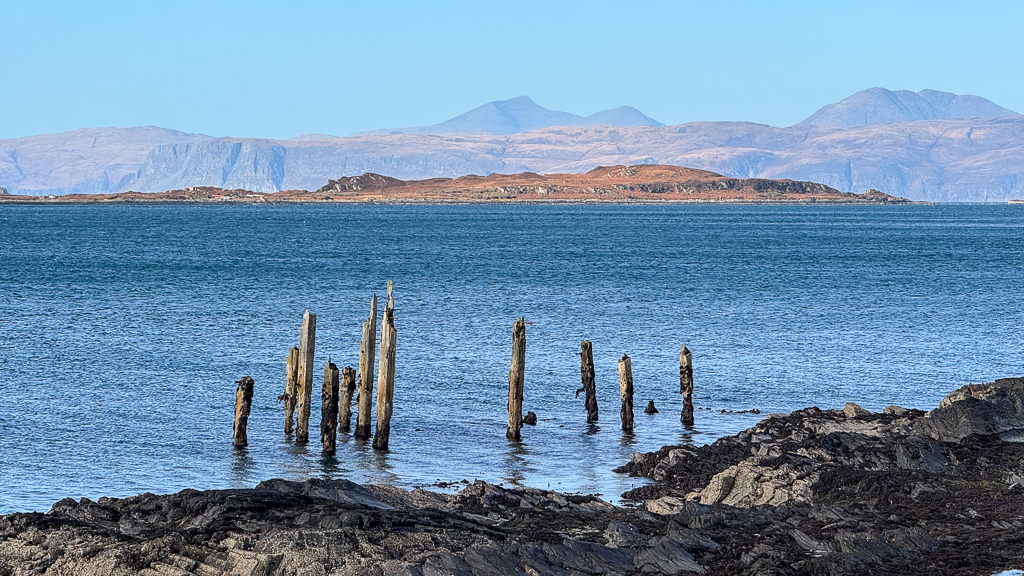
Luing is a small island so it’s possible to see a fair amount of it in a short time and with the light fading by 4.30pm at this time of the year (early November) getting to a few places, north, south, east or west is doable. After Ardinamir Bay we headed to the west of the island, to Black Mill Bay.
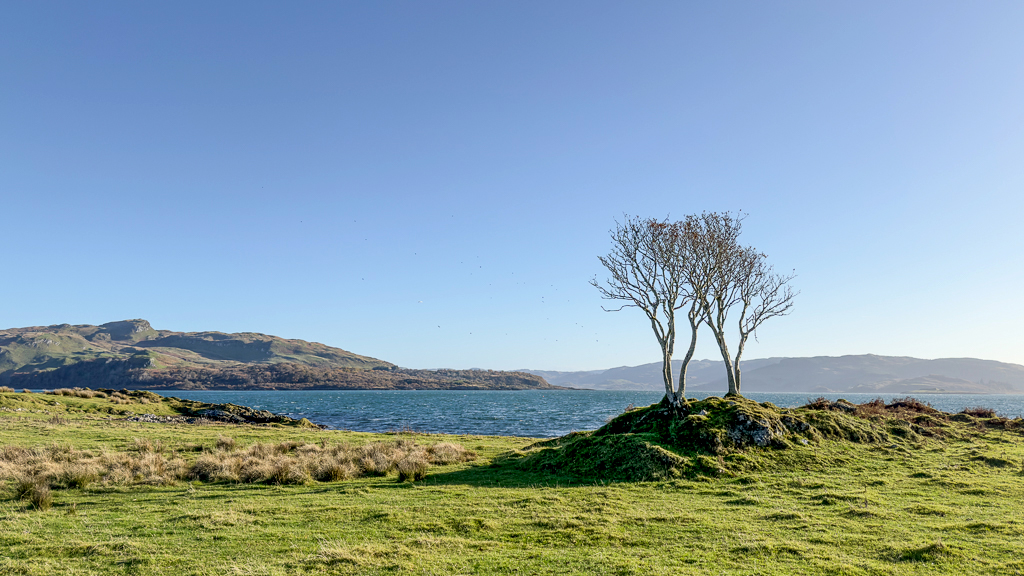
The morning was spent on the east coast of Luing, at Ardinamir Bay, over looking the island of Torsa. The tide was out and the sky a rich deep October blue, with not a soul around.
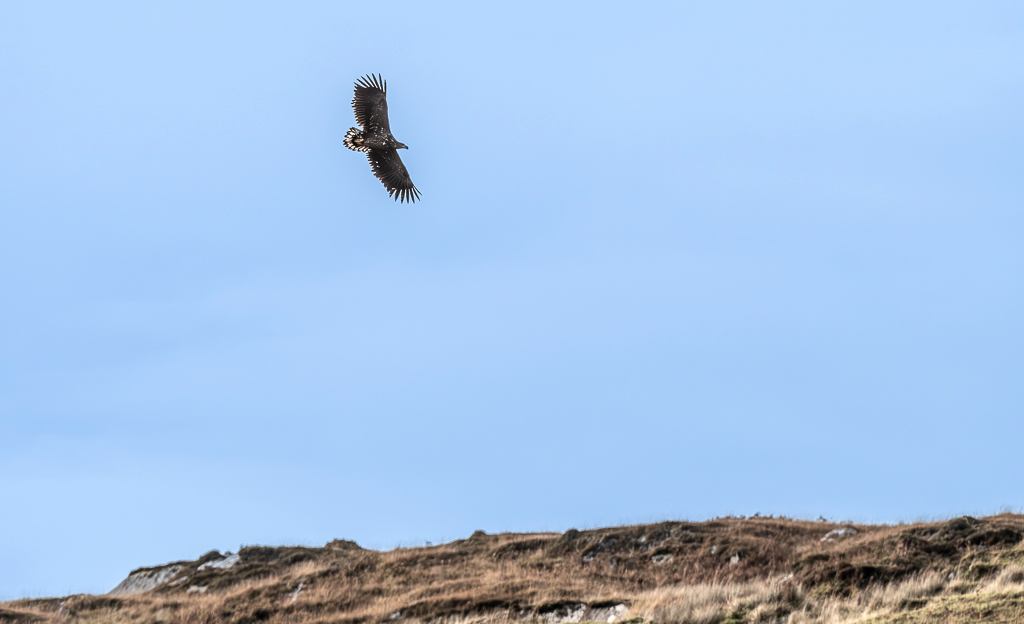
Late October most of the boats stop for the winter season, but I was lucky enough to gat a place on one of the last ones out of Ellenabeich, hoping for some good views of the White-tailed eagles that inhabit this area of Scotland in fairly good numbers.
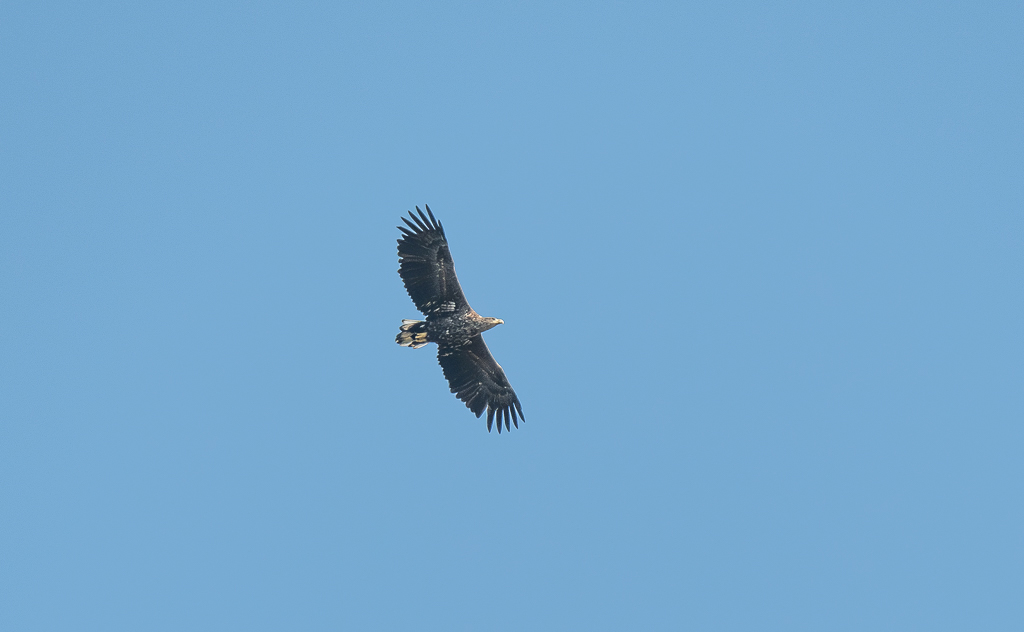
We were off Iona on the early ferry and not booked on the Craignure ferry till about 4.00pm, so giving us a few hours on Mull. If you only a few hours on Mull then best to had round to Loch na Keal for as good a chance of White-tailed Eagles as anywhere, as they tend to sit out on the skerries with a recent catch.
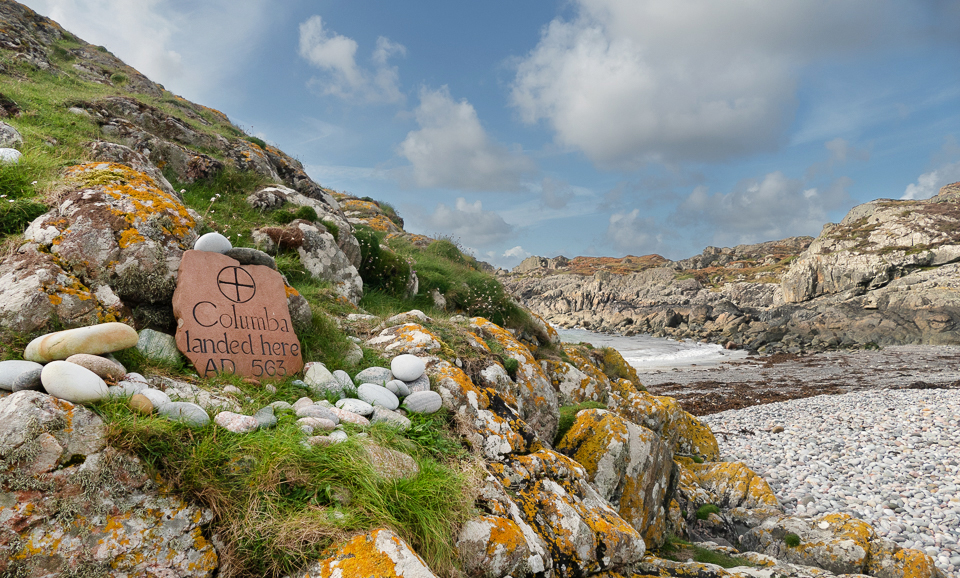
The south of the island, like the Abbey, is intrinsically linked with St. Columba. A walk across the rougher part of the island past loch Staonaig, which at one time supplied Iona with its fresh water, will take you to Columba’s Bay.
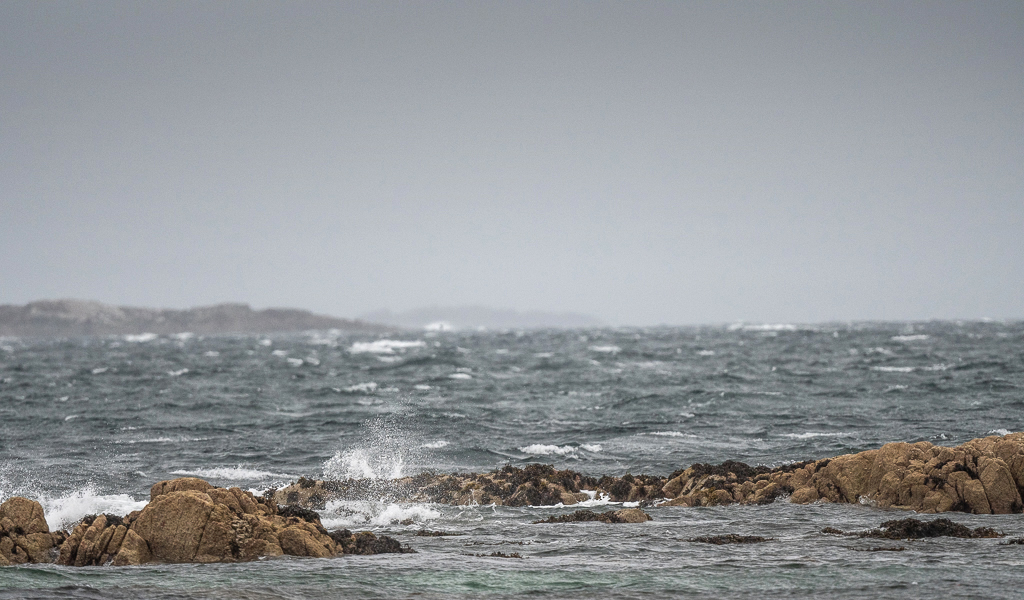
Up to the north yet again in the afternoon and the rain got heavier and heavier. On the sands at Boundary Strand the Sanderling were back and two Knot appeared from somewhere over Calf Island. They were struggling against the increasing wind and now persistent rain.
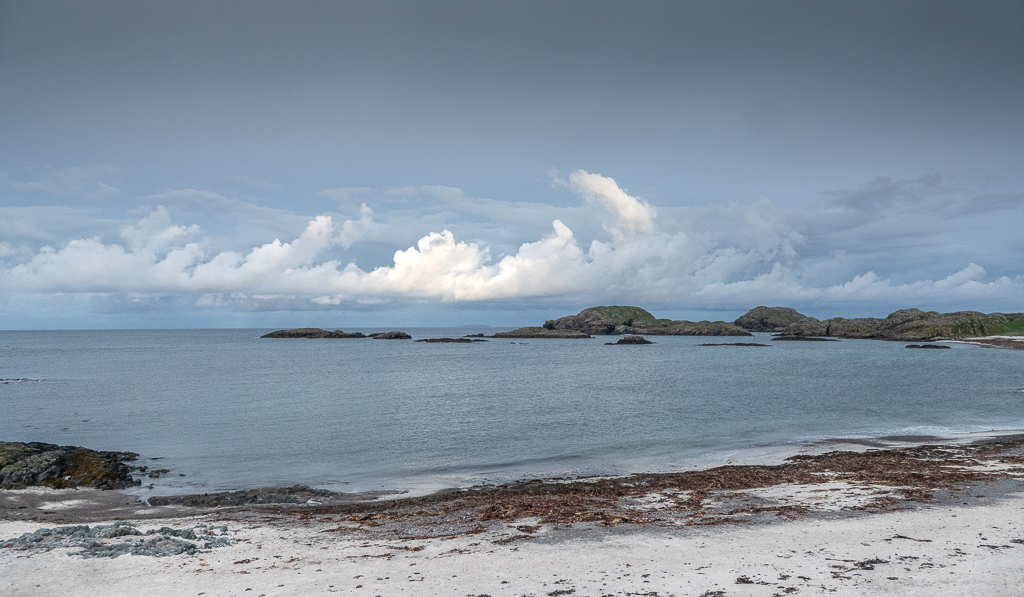
The forecast was right! Early morning it was threatening and getting darker with the wind beginning to strengthen. I like these conditions even if it can make photography a little challenging.
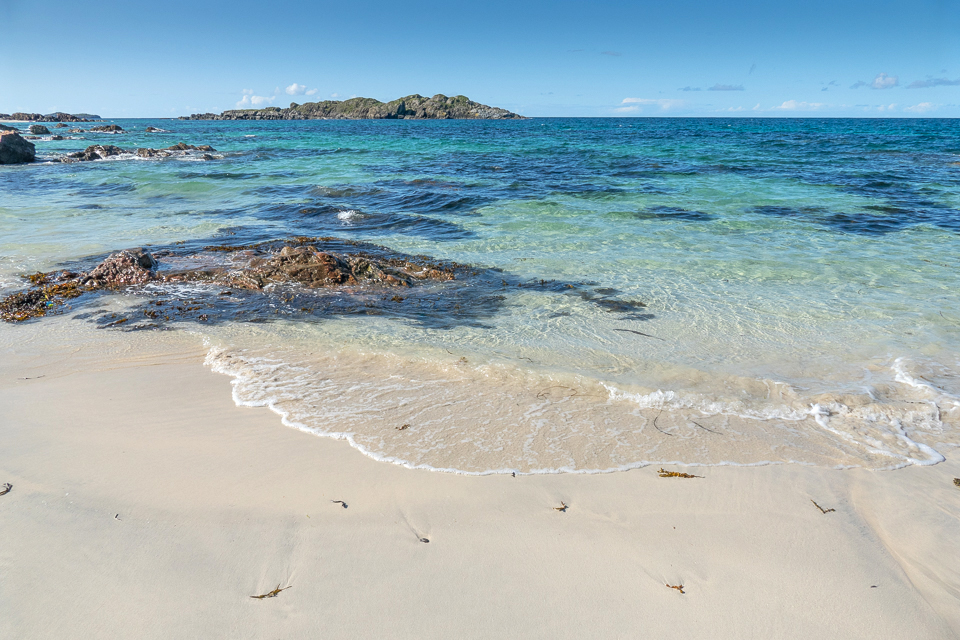
With the weather still holding and a wet day forecast for the morning, I took the road out to the north of the island again in the afternoon. The white sands of Strand of the Seat were pulling me back, the waders had gone but the waves were turning beautifully on the sands.
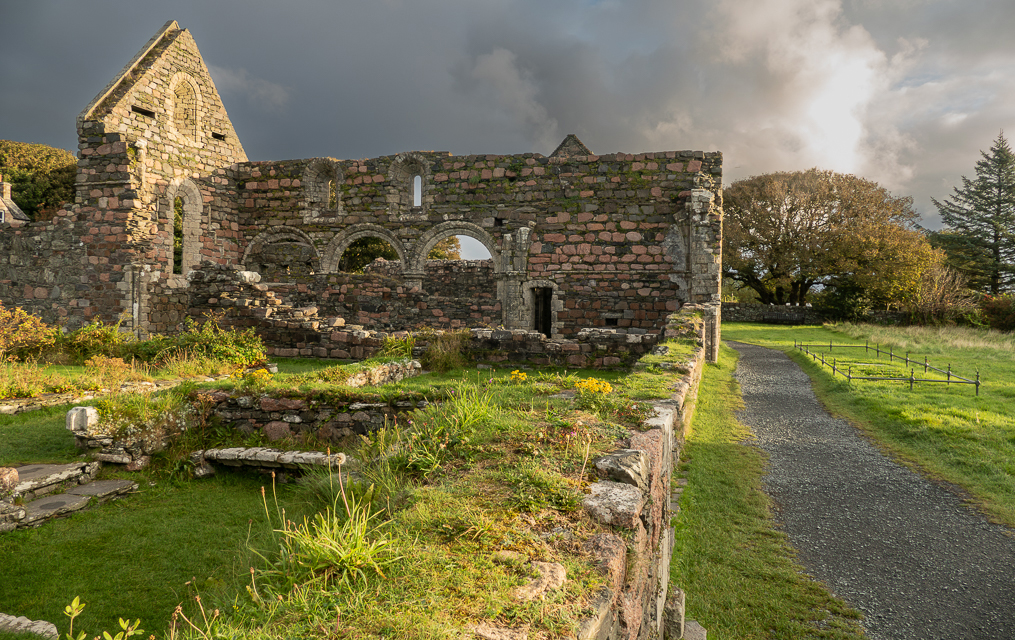
So the afternoon came with heavy showers before settling down to a fine day with a good breeze. It’s about a mile and a half from where we were staying to the north of the island, passing the ruins of the Nunnery and the iconic and atmospheric Abbey, which I would visit at length on another day.
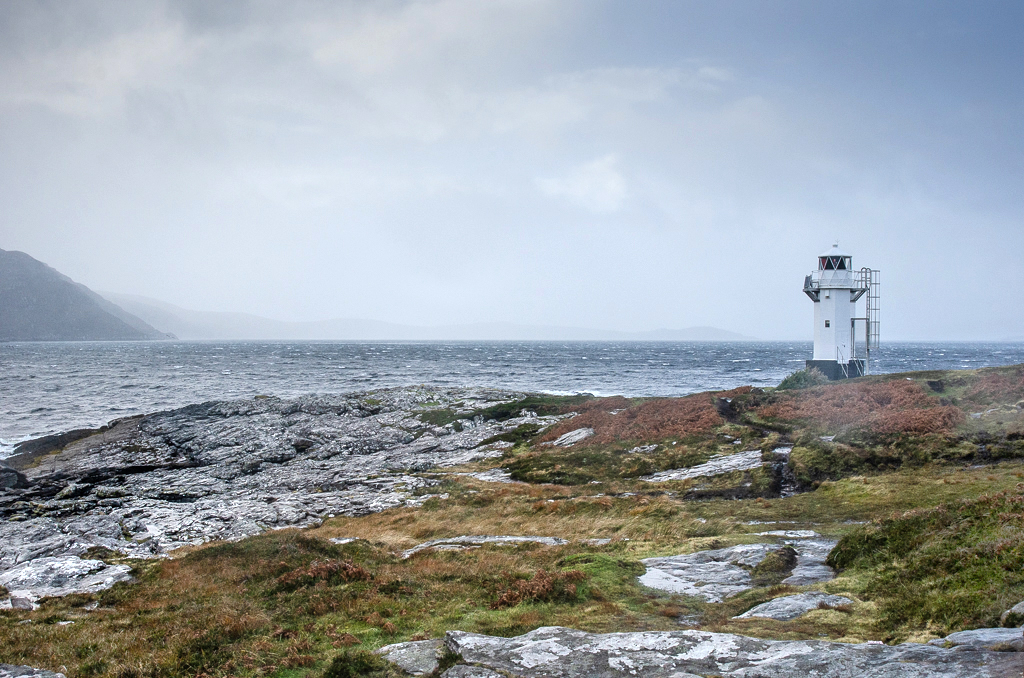
Keeping local on our last day we took the short walk down to Rhue Lighthouse, just north of Ullapool, before heading back to where it all started; the walk from Fisherman’s Cottage down to the edge of Loch Kanaird. The wind had in no way abated and we were treated to some wonderful and spectacular light and further intense squalls at both locations.
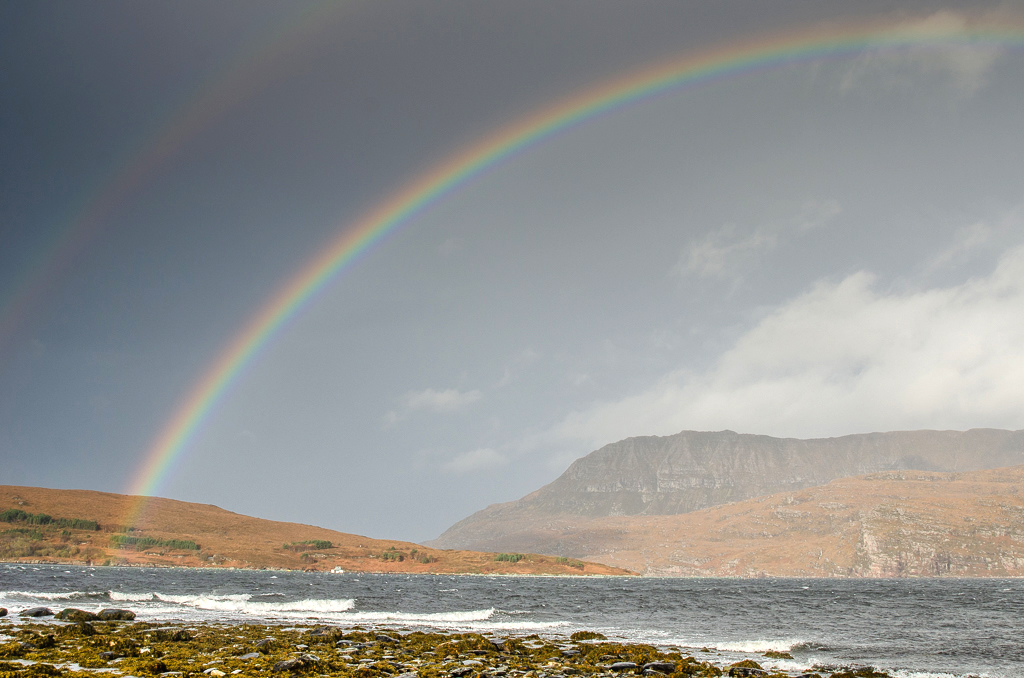
…. and so to the last full day up in the high north. With two days travelling to come and 600 miles to cover to get home to Wales we’d decided on a slower day. We felt we’d got so much done the previous days that we could afford a quieter morning. It was to be anything but!